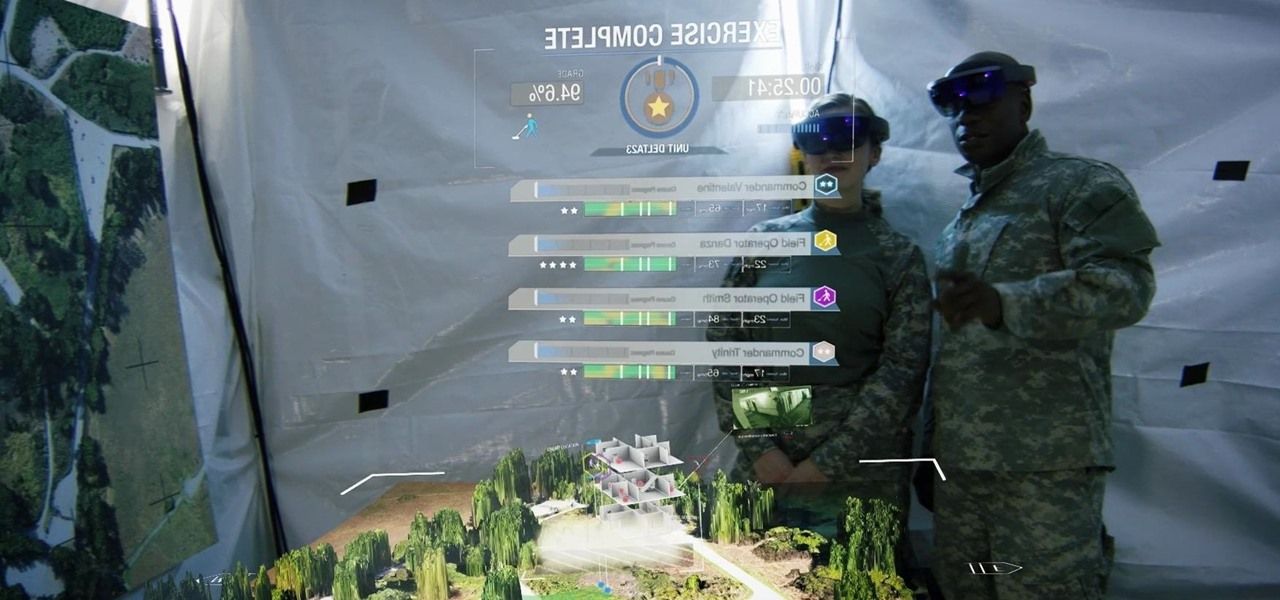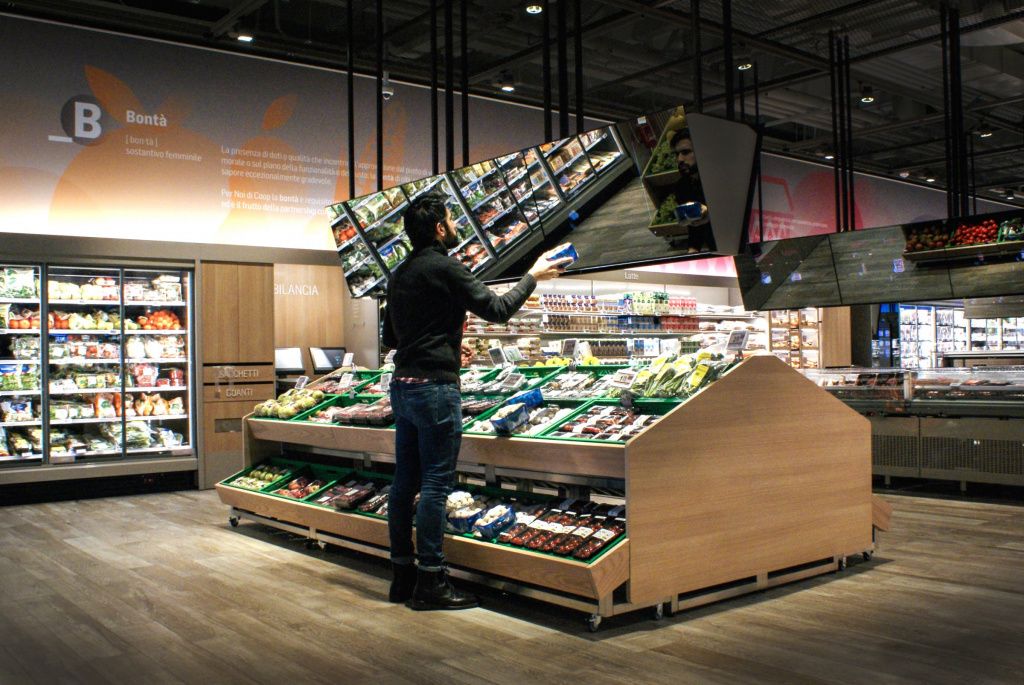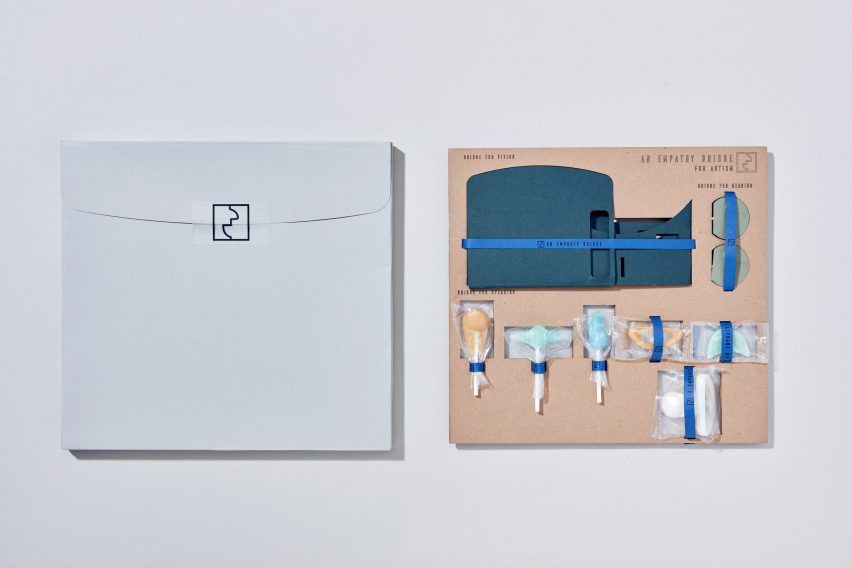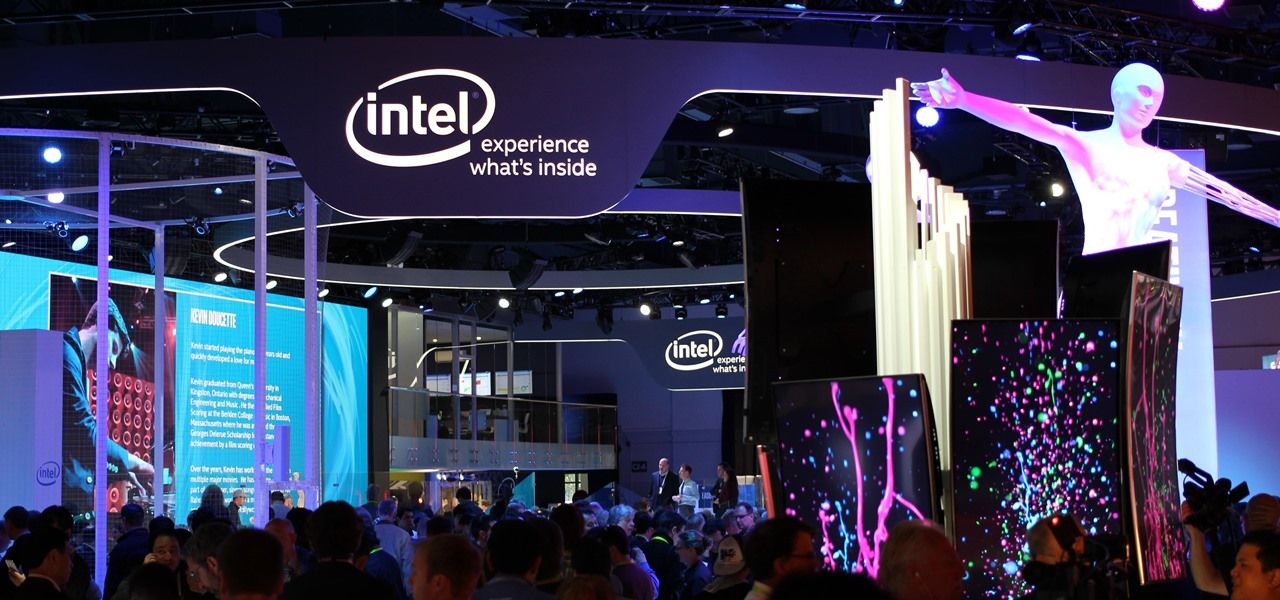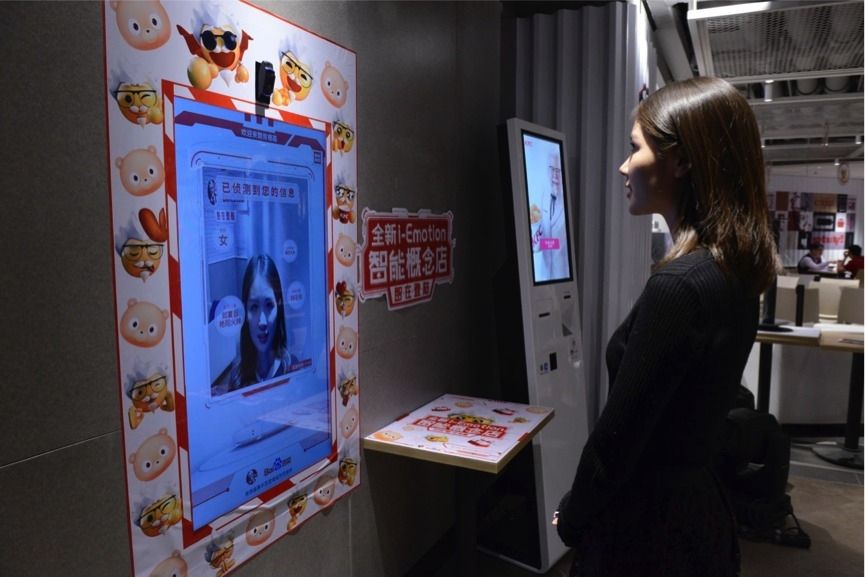My doctor needs one of these.
CAE Healthcare announced the release of CAE VimedixAR, an ultrasound training simulator integrated with the Microsoft HoloLens, the world’s first self-contained holographic computer. The announcment marks CAE Healthcare as the first company to bring a commercial Microsoft HoloLens application to the medical simulation market.
VimedixAR delivers an unprecedented simulation-based training experience, allowing learners to interact and move freely within a clinical training environment that is augmented with holograms. For the first time, students will be able to examine 3D anatomy inside the body of the Vimedix manikin. As learners practice scanning an animated heart, lungs or abdomen, they will observe in real-time how the ultrasound beam cuts through anatomy to generate a ultrasound image.
Learners can elevate the VimedixAR hologram above the body to gain an understanding of human anatomy and how its circulatory, respiratory and skeletal structures are integrated. The hologram of the heart, for example, can be isolated and enlarged, rotated, and turned as it floats at eye level. If a learner is struggling to understand a concept, he or she will be able to walk around the hologram to gain a different perspective.

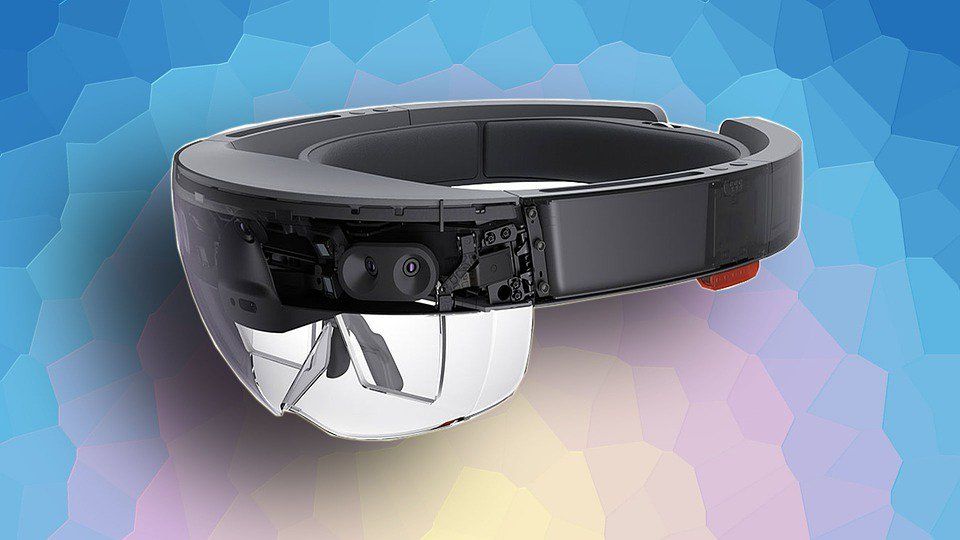
 עברית (Hebrew)
עברית (Hebrew)